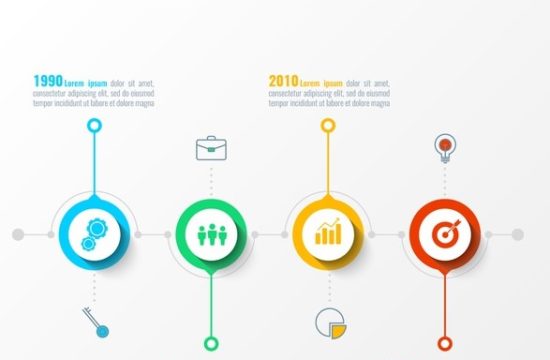The Socio-Economic Classification (SEC) was created in 1988 and ratified by the Market Research Society of India (MRSI). It refers to the classification of Indian consumers according to the two parameters: occupation and education of the Chief Wage Earner of the households. The SEC is used by most media rsearchers and brand managers to understand Indian consuming behaviors based on their socio-economic classes.
In the older version, there were two types of SEC, including the urban and the rural Grid. In its urban Grid, it uses the levels of Education and Occupation of the Chief Wage Earner i.e., (CWE) of a household to identify socio-economic classification and segments of urban India into 8 groups (A1 to E2). On the other hand, the rural SEC Grid uses education and type of house to measure the socio-economic classes and segments of rural India into 4 groups.
How Socio-Economic Classification Works:-
The Urban SEC Grid:
The SEC works according to its Grid. In the urban grid, there are eight classified educations and occupations, including:
| Skilled Workers | E2 | E1 | D | C | C | B2 | B2 |
| Petty traders | E2 | D | D | C | C | B1 | B2 |
| Shop owners | D | D | C | B2 | B1 | A2 | A2 |
| Entrepreneurs with no employees | D | C | B2 | B1 | A2 | A2 | A1 |
| Entrepreneurs with less than 10 employees | C | B2 | B2 | B1 | A2 | A2 | A1 |
| Entrepreneurs with more than 10 employees | B1 | B1 | A2 | A2 | A1 | A1 | A1 |
| Self-employed professionals | D | D | D | B | B | A | A |
| Clerical/Salesmen | D | D | D | C | B2 | B1 | B1 |
| Supervisory level | D | D | C | C | B2 | B1 | A2 |
| Officers/Executives-Junior | C | C | C | B2 | B1 | A2 | A2 |
| Officers/Executives-Mid/Senior | B1 | B1 | B1 | B1 | A2 | A1 | A1 |
From the table above, it’s classified into three classes, including upper, middle, and lower classes. The upper class is from A1 to B1, the middle-class is in segments B2 and C, and the lower class is D to E2.
The Rural SEC Grid:
Meanwhile, in the rural SEC Grid, the Indian population is classified into sections R1, R2, R3, and R4 based on the education of the chief wage earner of the households.
| Education | Type of Houses | ||
| Pucca | Semi-Pucca | Kucha | |
| Illiterate | R4 | R4 | R4 |
| Literate but no formal school | R3 | R4 | R4 |
| Up to 4th standard | R3 | R3 | R4 |
| 5th to 9th standard | R3 | R3 | R4 |
| S.S.C./H.S.C. | R2 | R3 | R3 |
| Some College but not graduate | R1 | R2 | R3 |
| Graduate/Post Graduate (General) | R1 | R2 | R3 |
| Graduate/Post Graduate (Professional) | R1 | R2 | R3 |
Note: R1 = Uppermost class, R4 = lowest class
Shortcomings:
Despite the wide use of the SEC, it has its weaknesses because it is only based on two parameters i.e., education and occupation. The classification is taken from the assumption that higher education generates higher income. Thus, it has higher consuming potential. This assumption is not always true because, in fact, people with lower education can have a higher income.
Conclusion:
Therefore, Market Research Users Council (MRUC) has created a new classification called New Consumer Classification System (NCCS) which measures a Household Premiumness Index (HPI). It uses parameters such as ownership and consumption of media services and products with other demographics.
About FloorWalk:
FloorWalk, is one of the leading mystery shopping companies in India, with over 25k plus freelance auditors. Stock audits are one of the services which FloorWalk provides PAN India. We help clients gauge everything from consumer experience to process compliance on the ground level. To know more about what we do and how we do it, click on the button below.











